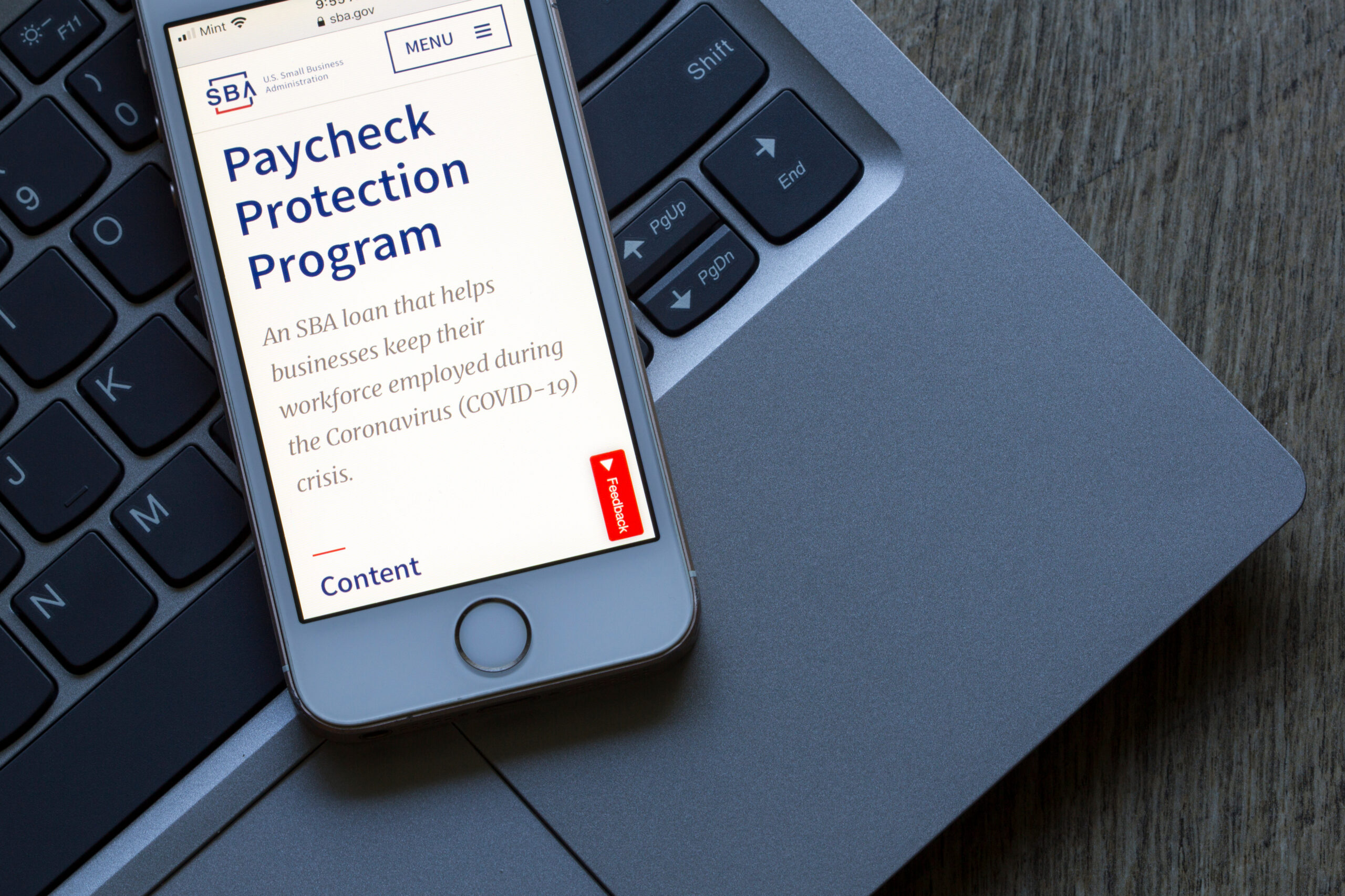The Paycheck Protection Program Flexibility Act, which was signed into law by President Donald Trump on June 5, 2020, modifies certain provisions of the CARES Act relating to loan forgiveness under the Paycheck Protection Program (“PPP”). The changes ease the rules around how small businesses can use their PPP loan funds.
Loan recipients now only have to spend 60 percent of the aid on maintaining payroll — including salary, health insurance, leave and severance pay — rather than the previous 75 percent rule. The remaining 40 percent can go toward operating costs like rent and utilities.
The Act also pushes back the deadline (referred to as the “covered period”) for businesses to use the PPP funds from 8 weeks to the earlier of (i) 24 weeks following disbursement or (ii) December 31, 2020. The Act also extends the deadline to rehire laid-off workers for purposes of loan forgiveness from June 30, 2020 to December 31, 2020.
Additionally, the Act defers payroll taxes for businesses that receive PPP loans.The minimum loan term was extended from two years to five years. Businesses seeking loan forgiveness may now defer payroll taxes without penalty for two years. The tax deferral aims to allow small companies to stay in business, retain their employees and continue serving their communities.
Overall, the Act makes it easier for borrowers to achieve maximum loan forgiveness. At Peterpaul Law, LLP we are counseling businesses in navigating the pandemic, returning employees to work, and maximizing loan forgiveness.




